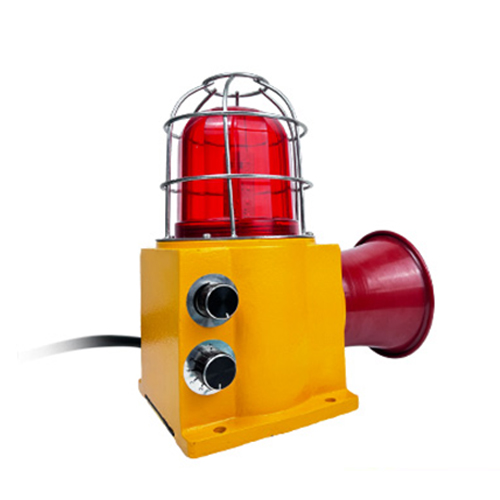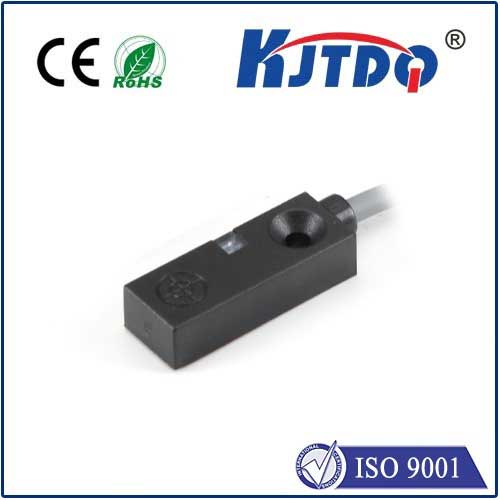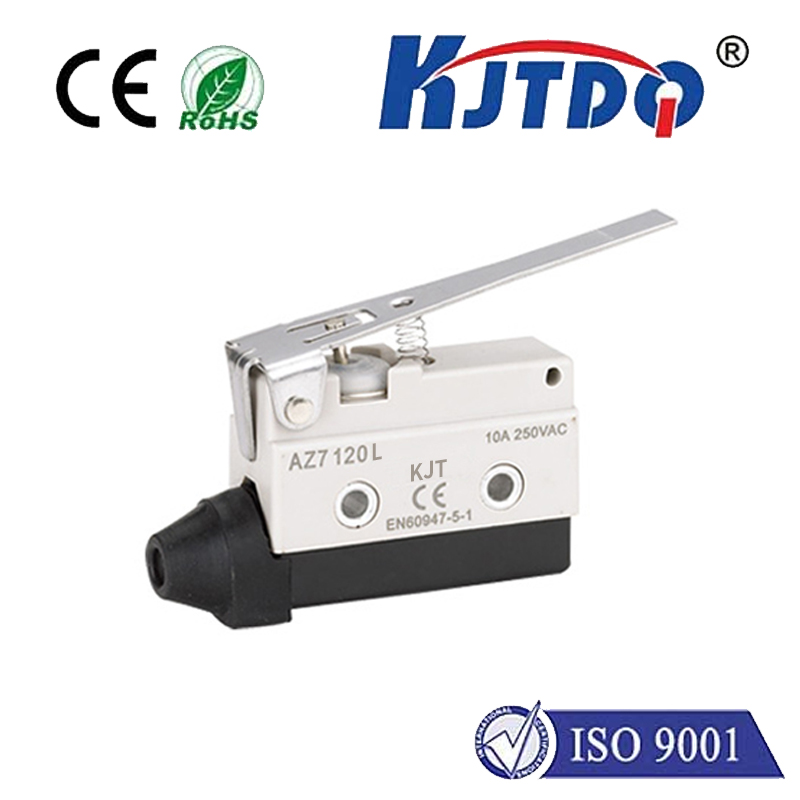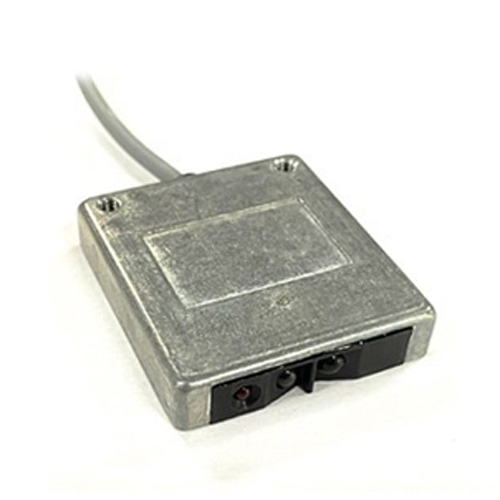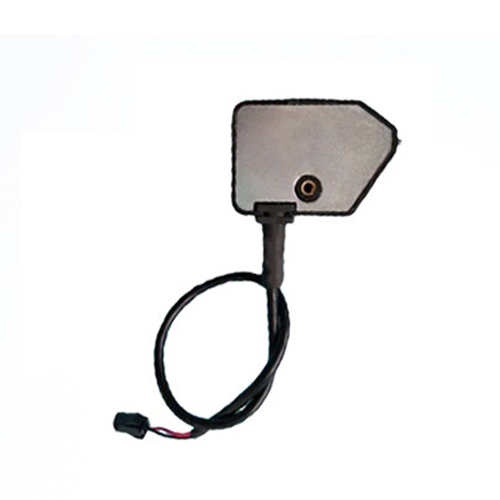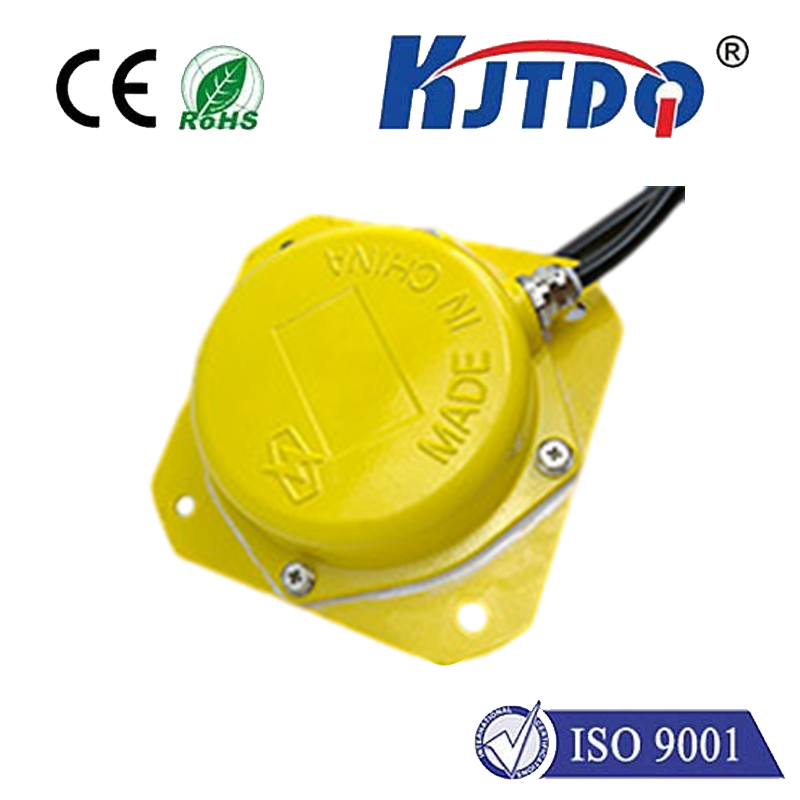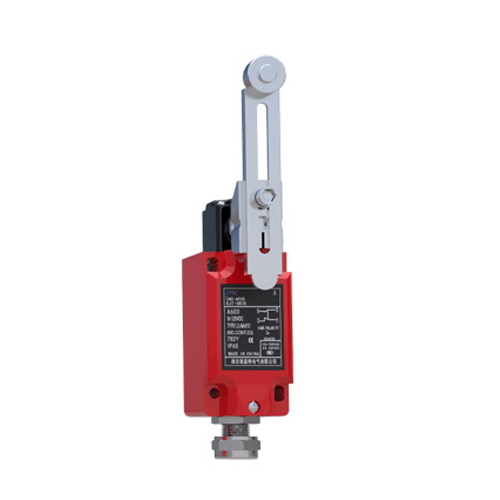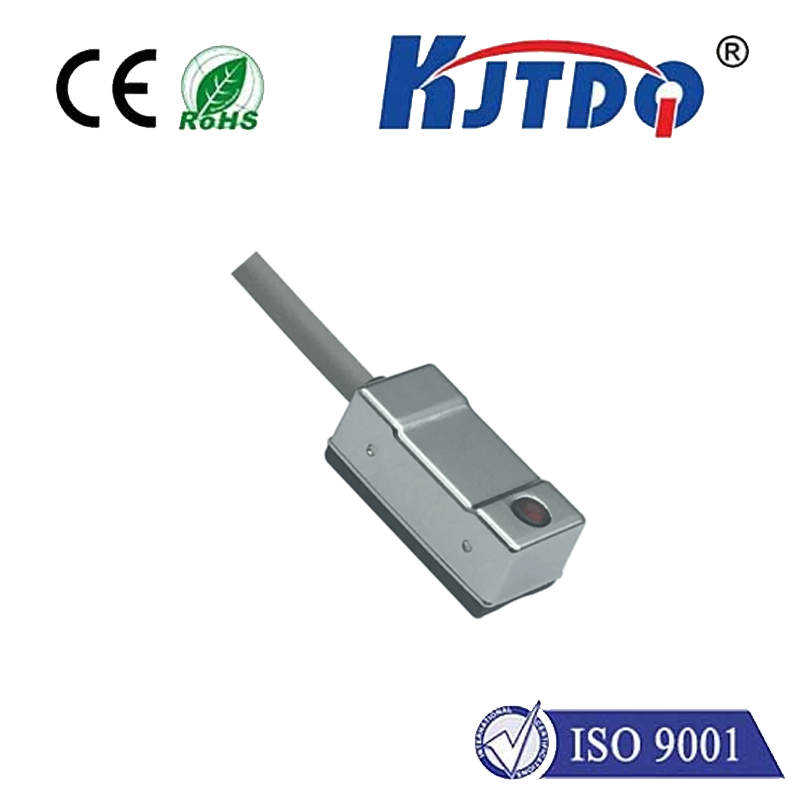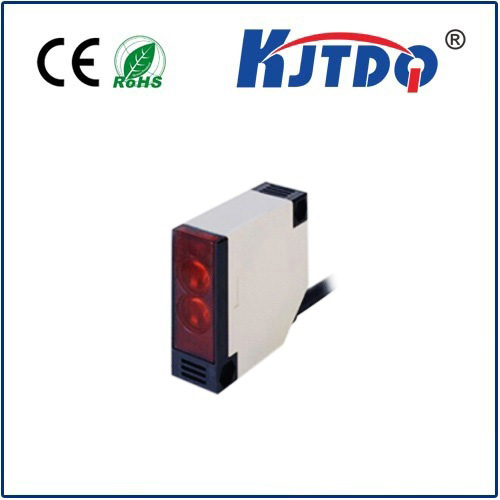

check

check

check

check
Imagine a high-speed conveyor belt snaking through a bustling factory floor. Materials move swiftly, processes hum, and productivity is paramount. Suddenly, a box jams, a worker’s sleeve gets perilously close, or a critical component fails. In those split seconds deciding between smooth operation and potential disaster, one device stands ready: the KLT2-12-30 Pull Rope Switch. This isn’t just another component; it’s an engineered lifeline, a fundamental pillar of industrial safety designed for rapid, accessible emergency shutdown.
Decoding the Lifeline: KLT2-12-30
The model designation “KLT2-12-30” isn’t arbitrary; it typically encodes critical specifications vital for selection and integration:
Understanding these elements ensures the switch perfectly fits the specific layout and safety requirements of your conveyor system. Choosing the correct rope length is crucial for comprehensive coverage.
The Imperative Role: Why Pull Rope Switches are Non-Negotiable
Conveyor systems, while essential, present inherent risks: entanglement points, pinch points, falling materials, and moving machinery. Fixed emergency stop buttons are vital but may not be reachable in time during an incident occurring along a lengthy conveyor span. This is where the KLT2-12-30 Pull Rope Switch shines. Its core function is to provide immediate, accessible emergency stop capability at any point along its installed length. By simply pulling the rope anywhere along its run, any personnel nearby can initiate a full conveyor system halt, potentially preventing:
How the KLT2-12-30 Works: Simplicity Guaranteeing Reliability
The operational principle of a pull rope switch like the KLT2-12-30 is elegantly straightforward, prioritizing reliability above all:
Key Features & Advantages of the KLT2-12-30 Design

Beyond its core emergency stop function, the KLT2-12-30 typically incorporates features designed for robust performance in demanding environments:
Installation and Maintenance: Ensuring Peak Reliability
The effectiveness of a KLT2-12-30 Pull Rope Switch hinges on correct installation and consistent maintenance:
Installation Best Practices:
Mount the switch unit itself securely at one end of the rope run.
Install guide pulleys or supports along the length as needed, typically every 1-1.5 meters (3-5 feet), ensuring the rope runs parallel to the conveyor without excessive sag or snag points. Never exceed the manufacturer’s recommended distance between supports.
Ensure the rope is taut but allows the full 30mm of pull travel without binding.
Precisely align all pulleys to minimize friction and wear.
Connect the switch contacts correctly into the conveyor safety circuit (NC loop). Verification by qualified personnel is essential.
Clearly label the switch and reset point.
Critical Maintenance Routines:
Regular Functional Testing: Physically pull the rope at various points along its length to verify it trips the switch and stops the conveyor every time. Perform these tests frequently (e.g., weekly or monthly per safety procedures).
Visual Inspection: Check routinely for rope damage (fraying, cuts, abrasion), kinks, signs of excessive stretching, or corrosion on the rope, pulleys, and switch housing.
Pulley Inspection: Ensure pulleys rotate freely and are not seized or damaged.
Mounting Check: Verify all mounting points, brackets, and fasteners are secure.
Tension Check: Confirm the rope remains correctly tensioned to allow the 30mm pull without slack or excessive force.
Reset Mechanism Check: Ensure the reset function operates smoothly and positively latches. Immediate replacement is required if any damage or malfunction is detected.
Meeting the Standard: Compliance is Crucial
Pull rope switches like the KLT2-12-30 are fundamental safety components governed by stringent international and national standards, such as:

